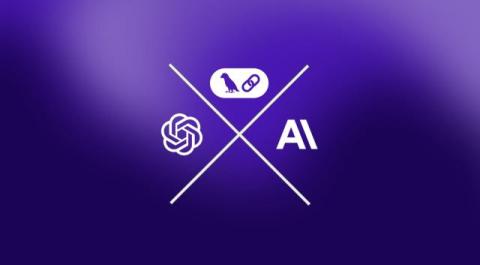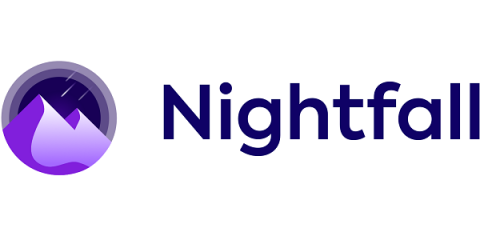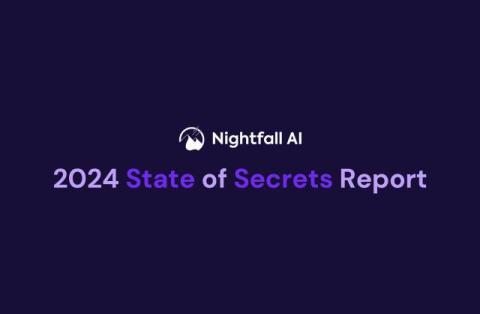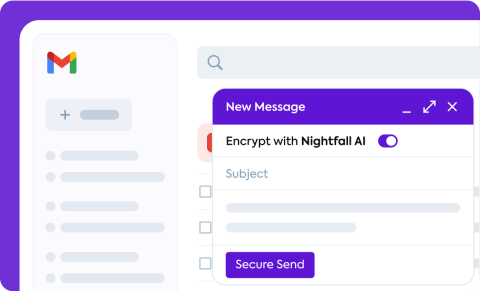Prompt Sanitization: 5 Steps for Protecting Data Privacy in AI Apps
As Generative AI (GenAI) and Large Language Models (LLMs) become integral to modern apps, we face a critical challenge of protecting sensitive user data from inadvertent exposure. In this article, we’ll explore the importance of content filtering in LLM-powered apps, and provide strategies for its implementation. Looking for step-by-step tutorials on prompt sanitization for OpenAI, Langchain, Anthropic, and more? Skip down to the “Tutorials & further learning” section below.








